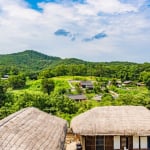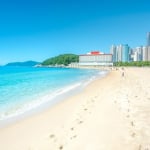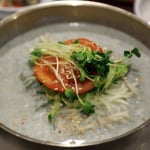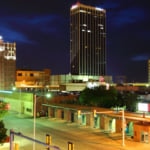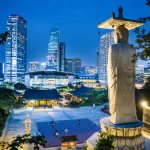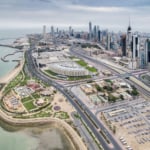[World Heritage] What is the Baekje Historic Areas? | Discover the Ancient Korean Peninsula!
Baekje (Paekche/Kudara) was an ancient kingdom that occupied the southwestern part of the Korean Peninsula for about 700 years.
It had deep ties with Japan and is a regular feature in history textbooks, so some of you may already be familiar with it.
The eight groups of remains left in the ancient capitals of the Baekje period were collectively registered as a UNESCO World Heritage Site in 2015 under the name “Baekje Historic Areas.”
Located mainly across Buyeo County and Gongju City in Chungcheongnam-do Province, and Iksan City in Jeollabuk-do Province, this heritage site includes tomb clusters, royal palaces, fortresses, and many other highlights.
In recent years, these areas have also gained attention as filming locations for Korean dramas and movies, drawing more and more tourists from Japan.
Let’s take a closer look at this World Heritage Site in the southwest of Korea—the “Baekje Historic Areas.”
table of contents
[x] close
[World Heritage] What is the Baekje Historic Areas? | Discover the Ancient Korean Peninsula!
What is the Baekje Historic Areas?
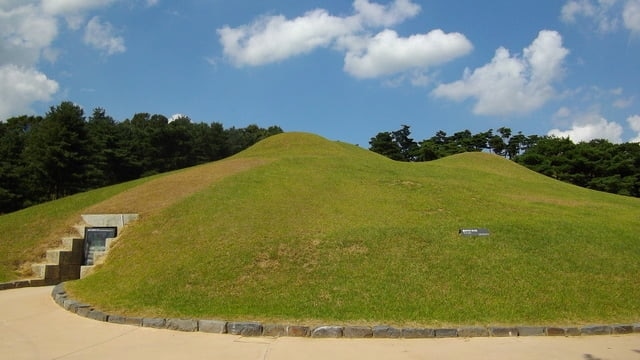
During the “Three Kingdoms Period,” which lasted from around the 1st century BCE to the 7th century CE, the Korean Peninsula was divided among three kingdoms: Goguryeo, Baekje, and Silla. Among them, Baekje had particularly strong ties with Japan, and it is said that during the time of Prince Shōtoku, many people came from Baekje to Japan, bringing aspects of Korean Peninsula culture with them.
In 660, however, Baekje was attacked and destroyed by the allied forces of Tang China and Silla. At that time, Prince Naka no Ōe of Japan (later Emperor Tenji) and others sent military support. This battle is widely known in Japan as the “Battle of Baekgang.”
Given its roughly 700-year history, many Baekje sites have been excavated, and they reveal that the kingdom interacted not only with Japan but also with various small states across East Asia. These achievements and its high cultural standards led to its recognition and registration as a World Heritage Site in 2015.
The “Baekje Historic Areas” include eight locations: Gongsanseong Fortress and Songsan-ri Ancient Tombs in Gongju; Gwanbuk-ri Archaeological Site, Busosanseong Fortress, Buyeo Naseong City Wall, Neungsan-ri Ancient Tombs, and Jeongnimsa Temple Site in Buyeo; and the Wanggung-ri Archaeological Site and Mireuksa Temple Site in Iksan.
Access to the Baekje Historic Areas
Gongju City
From Seoul, it takes about 90 minutes by express bus to reach Gongju. The Gongju Bus Terminal is located across the Geumgang River from the city center. By KTX high-speed rail, take the Honam Line from Yongsan Station to Gongju Station (about 1 hour). You can reach each site by city bus, though walking around the city is also recommended.
Buyeo County
There is no railway service to Buyeo. From Seoul, take an intercity bus from Seoul Nambu Bus Terminal (about 2 hours, with departures every 40 minutes). For visiting the various heritage sites, it’s convenient to hire a taxi.
Iksan City
Accessible from Seoul by either express bus or KTX. Since the bus takes about 3 hours, the KTX is recommended—around 70 minutes from Yongsan Station. Iksan Station is just one stop after Gongju. From the city center to each site, taxis are convenient, as buses take around 40 minutes.
Highlights of the Baekje Historic Areas
Busosanseong Fortress
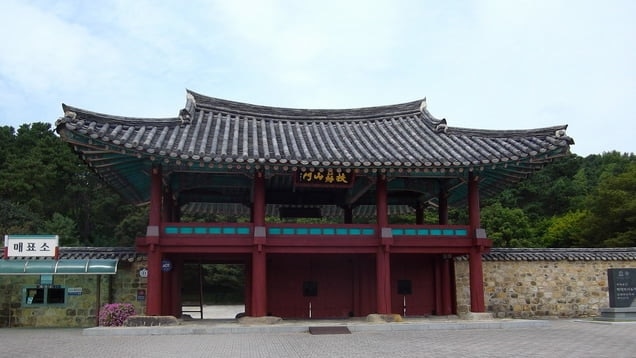
One of the Baekje Historic Areas, Busosanseong Fortress is a symbolic site that witnessed Baekje’s peak and eventual fall. Originally, Baekje’s capital was in Hansung (modern Seoul), but after territorial conflicts, it moved south, eventually establishing the capital in Sabi (present-day Buyeo).
Blessed with the Baengma River and Mount Buso, Sabi thrived and entered its golden age. For about 120 years—until Baekje’s destruction by Tang and Silla—the fortress, along with Buyeo Naseong City Wall, protected the king and capital.
Key spots within the fortress include:
•Samchungsa Shrine, dedicated to the memorial tablets and portraits of Baekje’s “Three Loyal Subjects” — Seongchung, Heungsu, and Gyebaek — all renowned generals of the kingdom.
•Nakhwa-am Rock, the cliff from which about 3,000 court ladies are said to have leapt to their deaths to preserve their chastity during Baekje’s fall. The Baekhwajeong Pavilion was built here in their memory.
•Goransa Temple River Cruise, offering views of Mount Buso and Nakhwa-am from the river.
Buyeo Naseong City Wall
Located about 2 km southeast of Sabi’s former center, Buyeo Naseong was a fortress wall encircling the capital. Today, only traces remain, but historical records indicate that beacon mounds and guard posts once stood along the wall. Inside were palaces, government offices, homes, temples, and markets. About 300 meters of the 8 km-long ruins have been excavated and restored for visitors. Nearby is the royal tomb cluster of Neungsan-ri, also part of the Baekje Historic Areas.
Buyeo Gwanbuk-ri Archaeological Site
Believed to be the location of Sabi Fortress, this expansive site has revealed remains of large palace halls, water supply facilities, storage areas, lotus ponds, roads, and numerous Baekje pottery and roof tiles. Artifacts like lotus-patterned roof tiles, ceramic inkstones, and ornaments—thought to have been used by Baekje nobility—have been excavated. Many of these can be seen at the National Buyeo Museum.
◎ Summary
The sites introduced here are just part of the Baekje Historic Areas. Visit all eight UNESCO-listed locations to fully experience this history-rich region. Baekje had deep ties with Japan and is said to have been strongly influenced by Asuka culture. Learning a bit about Korean and Japanese history before your trip will enrich your visit.
Aside from the registered sites, Buyeo also has attractions like Goransa Temple (famed for its “medicinal water” said to make you three years younger with one sip) and the Baekje Cultural Complex, a theme park recreating the ancient capital of Sabi. Many of these are connected to the Baekje Historic Areas, so take your time to explore them all.
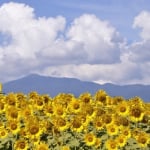
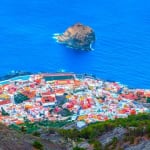
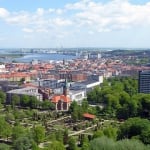
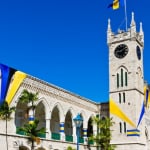

![[World Heritage] What is the Baekje Historic Areas? | Discover the Ancient Korean Peninsula!](https://skyticket.com/guide/wp-content/uploads/2025/08/pixta_35179470_S-e1519008781409-1200x675.jpg)



